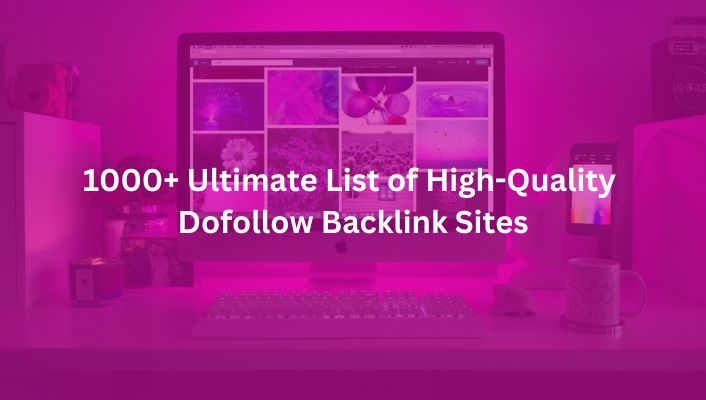

In the digital age, understanding search intent is paramount for content creators. It's not just about getting your content in front of eyes, but the *right* eyes. By aligning your content with the intent behind users' searches, you can ensure that your content is not only seen but also engaged with. Here's a comprehensive guide on how to write content for search intent.
Before diving into content creation, it's essential to understand the four primary types of search intent:
Informational: Users are looking for answers or more information on a particular topic. E.g., "How does photosynthesis work?"
Navigational: Users are trying to get to a specific website or page. E.g., "OpenAI website."
Transactional: Users want to buy something or use a service. E.g., "Buy running shoes online."
Commercial Investigation: Users are looking to make a purchase soon and want to compare options. E.g., "Best smartphones 2023."
Informational Intent: Write in-depth guides, FAQs, or tutorials. Ensure your content is accurate, well-researched, and comprehensive.
Navigational Intent: Optimize your site's meta tags, URLs, and breadcrumbs. Ensure that your brand or website is easily recognizable and accessible.
Transactional Intent: Create clear product descriptions, user reviews, and easy-to-find CTAs (Call to Action). Ensure the purchasing process is straightforward.
Commercial Investigation: Offer comparison charts, pros and cons lists, and expert reviews. Highlight unique selling points.
Update Regularly: Search intent can evolve. Regularly review and update your content to ensure it remains aligned with current search intent.
Remember, content isn't just about written words. Videos, infographics, podcasts, and other multimedia can also cater to search intent. For instance, a how-to video might satisfy informational intent better than a written article for some users.
Writing for search intent is a dynamic process that requires understanding your audience, staying updated with SEO best practices, and continuously adapting. By focusing on the intent behind searches, you can create content that resonates with users, satisfies their needs, and ultimately drives engagement and conversions. Remember, it's not just about being seen; it's about being relevant.

